
지난 포스팅(컴퓨터가 사물을 보는 방법 1편, 2편)에서는 CNN(Convolution Neural Network)에서 사용될 수 있는 다양한 기법들과 함께 CNN의 학습이 어떤 방식으로 이루어지는지 알아보았습니다. CNN은 데이터(특히 이미지 데이터)에 합성곱, 풀링, 패딩 등의 작업을 거쳐 특징을 추출한 후 회귀 또는 분류를 수행하는 딥러닝 모델입니다. 오늘 포스팅에서는 지금까지 배운 기법들을 SAS Viya에서 구현하는 실습을

지난 포스팅(컴퓨터가 사물을 보는 방법 1편, 2편)에서는 CNN(Convolution Neural Network)에서 사용될 수 있는 다양한 기법들과 함께 CNN의 학습이 어떤 방식으로 이루어지는지 알아보았습니다. CNN은 데이터(특히 이미지 데이터)에 합성곱, 풀링, 패딩 등의 작업을 거쳐 특징을 추출한 후 회귀 또는 분류를 수행하는 딥러닝 모델입니다. 오늘 포스팅에서는 지금까지 배운 기법들을 SAS Viya에서 구현하는 실습을
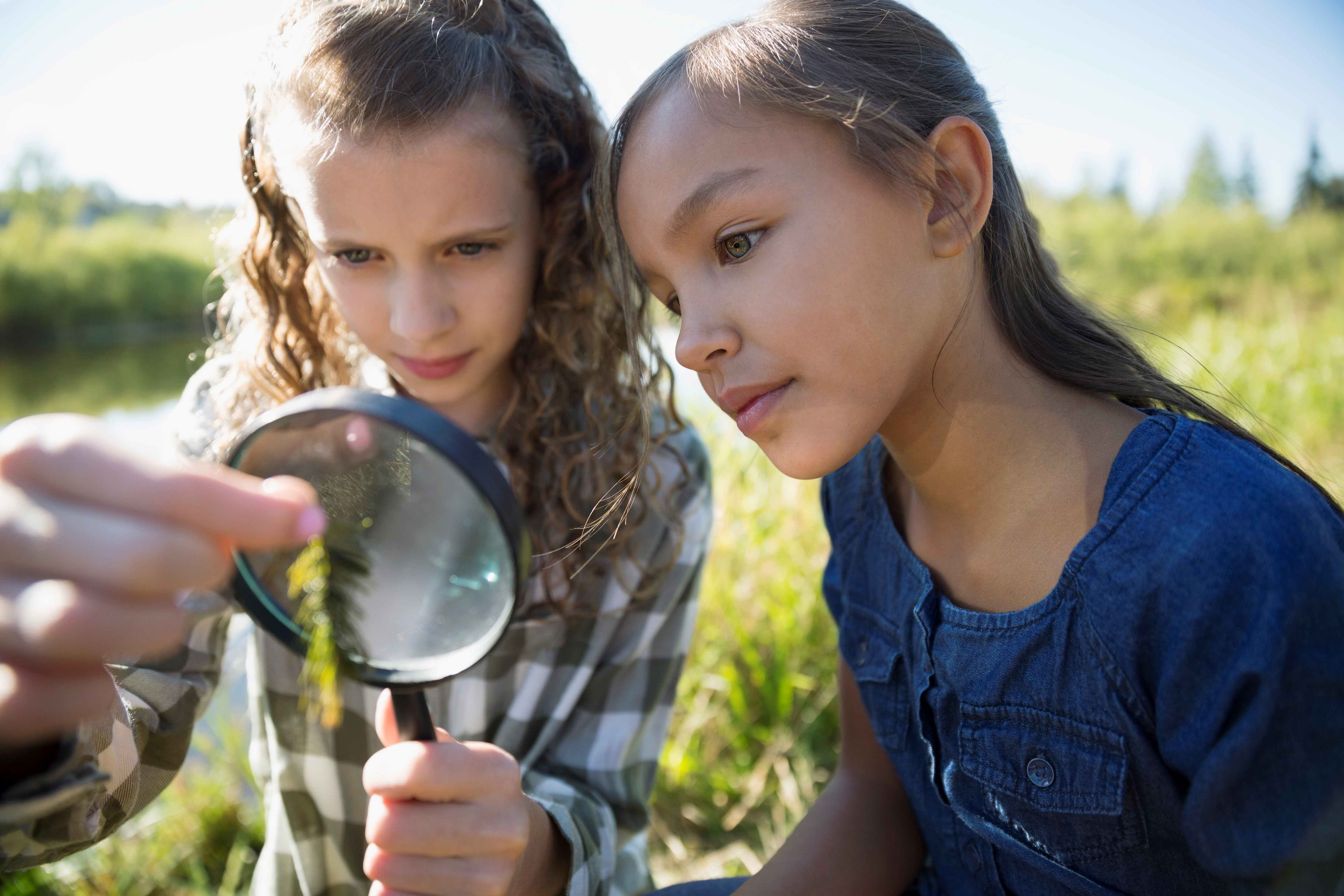
지난 포스팅에서 컴퓨터 비전의 과거와 CNN(Convolution Neural Network)의 구성 요소, 퍼셉트론, 합성곱층에 대해 알아보았습니다. 합성곱층과 함께 풀링, 활성화 함수, 드랍아웃 등 다양한 요소를 활용한다면 모델의 성능을 더욱 향상시킬 수 있습니다. 오늘 포스팅에서는 CNN에서 사용될 수 있는 다양한 기법들과 함께 CNN의 학습이 어떤 방식으로 이루어지는지 살펴보도록 하겠습니다. 1. CNN의 구성요소 <그림
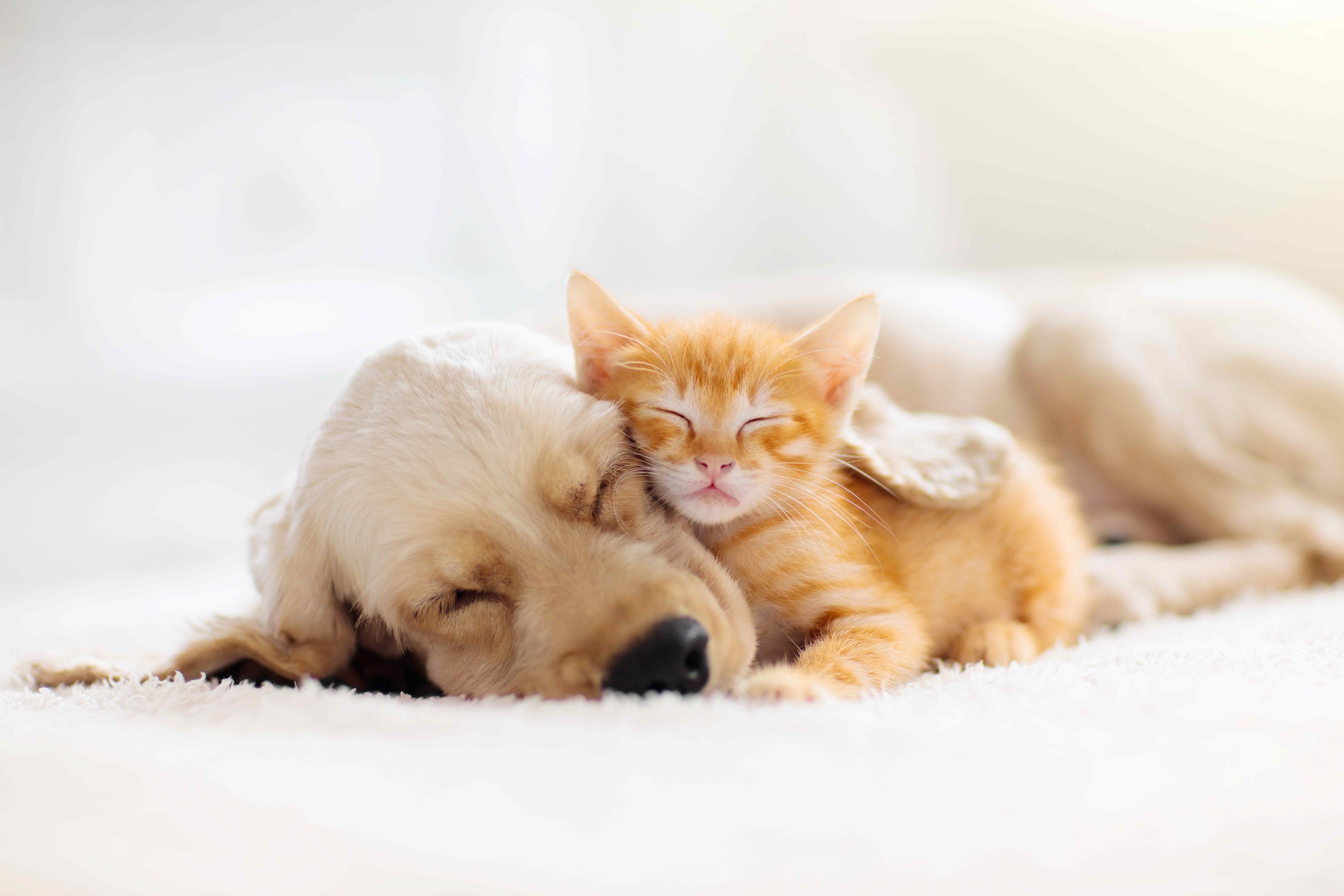
컴퓨터가 인간보다 잘 하는 몇 가지 분야가 있는데, 그 중 하나가 바로 이미지 인식입니다. 2012년 알렉스넷이 개발된 이후 컴퓨터 비전 분야는 급속도로 성장하여 우리 일상에 자연스럽게 스며들었습니다. 오늘 포스팅에서는 컴퓨터가 이미지를 어떻게 인식할 수 있는지 이론을 중심으로 살펴보도록 하겠습니다. 1. 컴퓨터 비전의 과거 우리가 모니터를 통해 바라보는 이미지의 구조부터 알아보겠습니다.

The advantage of using SAS PROC KPCA is that you can preprocess your data so that you can classify groups with nonlinear classification boundaries.
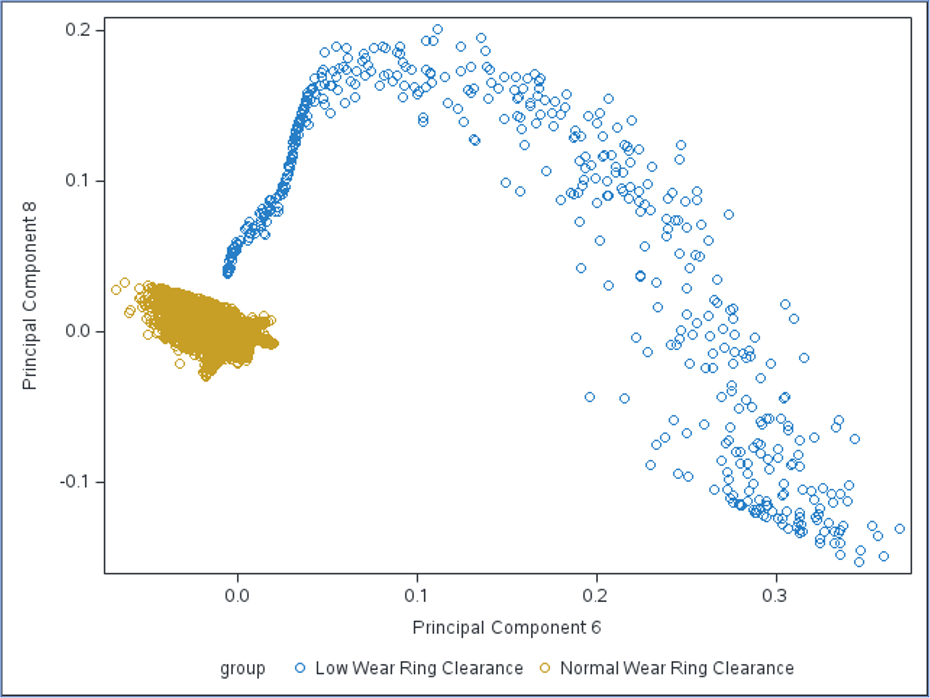
SAS® Fast-KPCA implementation bypasses the limitations of exact KPCA methods. SAS® internally uses k-means to find a representative sample of a subset of points. This row reduction method has the advantage that c centroids are chosen to minimize the variation of points nearest to each centroid and maximize the variation to the other cluster centroids. In some cases, the downstream effect of using k-means on computing the SVD increases numerical stability and improves clustering, discrimination, and classification.

SAS Viyaがリニューアルされまして、ついにディープラーニングが登場しました! SAS ViyaのディープラーニングではオーソドックスなDeep Neural Network(DNN)から、画像認識で使われるConvolutional Neural Network(CNN、畳込みニューラルネットワーク)、連続値や自然言語処理で使われるRecurrent Neural Network(RNN、再帰的ニューラルネットワーク)まで利用可能になります。 ディープラーニングを使うことのメリットは、従来の機械学習やニューラルネットワークが苦手としている画像や文章を認識し、高い精度で分類や推論することが可能になります。 高い精度というのは、ディープラーニングのモデルによっては人間の目よりも正確に画像を分類することができるということです。 例えばコモンドールという犬種がありますが、この犬はモップのような毛並みをしていて、人間ではモップと見間違えることがあります。 これは犬? それともモップ? こういう人間だと見分けにくい画像に対しても、ディープラーニングであれば、人間よりも正確に犬かモップかを見分けることができるようになります。 というわけで、今回はSAS Viyaのディープラーニングを使って画像分類をしてみたいと思います。 ディープラーニングの仕組み 画像分類のディープラーニングではCNNを使います。 CNNは画像の特徴を探し出す特徴抽出層と特徴から画像を分類する判定層で構成されています。 特徴抽出層は主に畳込み層とプーリング層で構成されています。 畳込み層で入力画像に対し、ピクセルの特徴(横線の有無とか斜め線とか)を探し出し、プーリング層で重要なピクセルを残す、という役割分担です。 判定層は、特徴抽出層が見つけた特徴をもとに、画像の種類を分類します。 例えば犬と猫の分類であれば、特徴抽出層が入力画像から、面長で大きな鼻の特徴を見つけだし、犬と分類します。 または、丸っこい顔立ちと立った耳の特徴を見つけだし、猫と分類します。 SAS Viyaで画像を扱う SAS ViyaディープラーニングでCifar10をネタに画像分類をしてみたいと思います。 Cifar10は無償で公開されている画像分類のデータセットで、10種類の色付き画像60,000枚で構成されています。 各画像サイズは32×32で、色はRGBです。 10種類というのは飛行機(airplane)、自動車(automobile)、鳥(bird)、猫(cat)、鹿(deer)、犬(dog)、蛙(frog)、馬(horse)、船(ship)、トラック(truck)で、それぞれ6,000枚ずつ用意されています。 画像は総数60,000枚のうち、50,000枚がトレーニング用、10,000枚がテスト用です。 画像データは以下から入手することができます。 https://www.cs.toronto.edu/~kriz/cifar.html さて、Cifar10を使って画像分類をしてみます。言語はPython3を使います。 SAS Viyaで画像分類をする場合、まずは入手したデータをCASにアップロードする必要があります。 CASはCloud Analytics Servicesの略称で、インメモリの分散分析基盤であり、SAS Viyaの脳みそにあたる部分です。 SAS Viyaの分析は、ディープラーニング含めてすべてCASで処理されます。 CASではImage型のデータを扱うことができます。 Image型とは読んで字のごとくで、画像を画像フォーマットそのままのバイナリで扱えるということです。
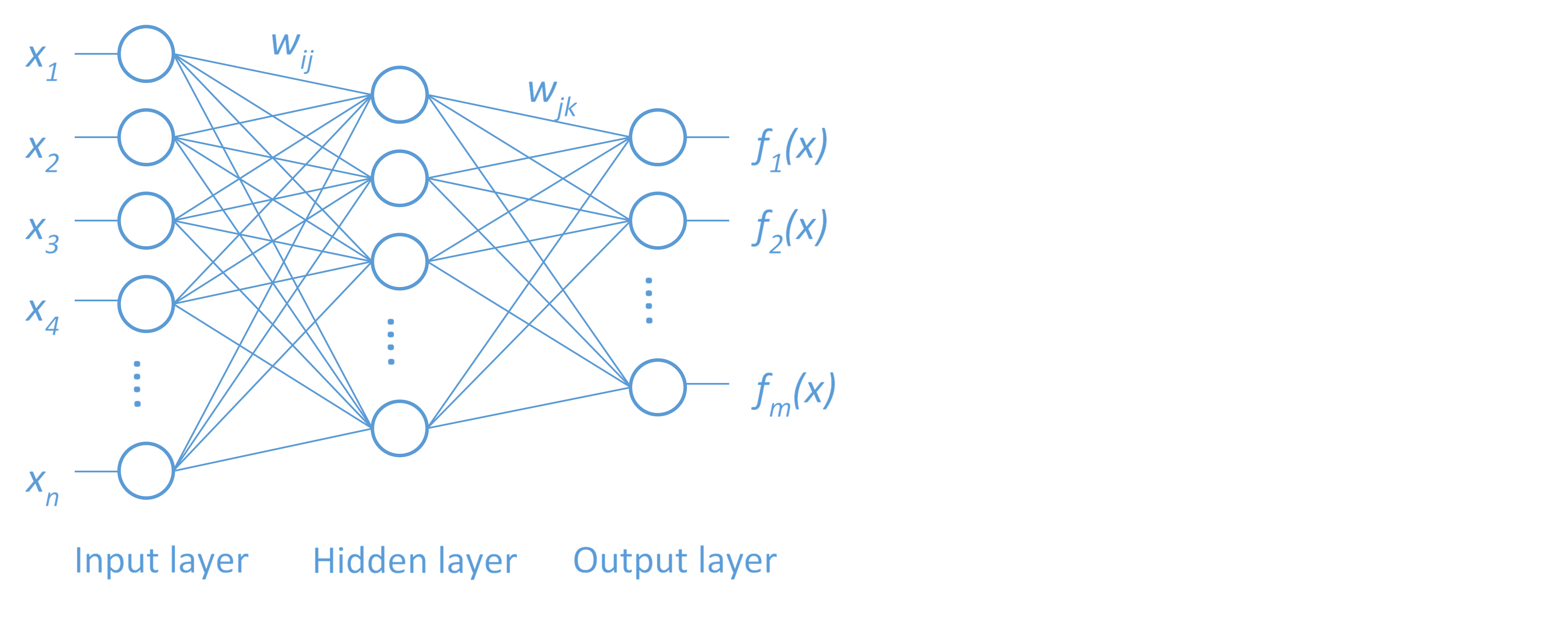
When shopping for a new TV, with many sets next to each other across a store wall, it is easy to compare the picture quality and brightness. What is not immediately evident and expected is the difference between how the set looked in the store and how it looks in your
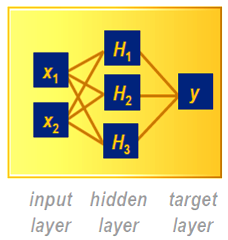
You’ve likely heard the news that the Google DeepMind “AlphaGo” computer not only beat a human expert at the game of Go, defeating the European Go champion, Fan Hui in five straight games, but also beat the reigning world champion grandmaster, South Korea’s Lee Sedol, 4 games to 1. Go